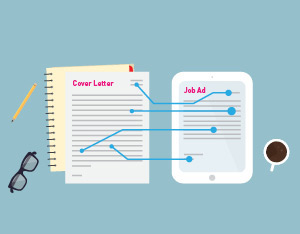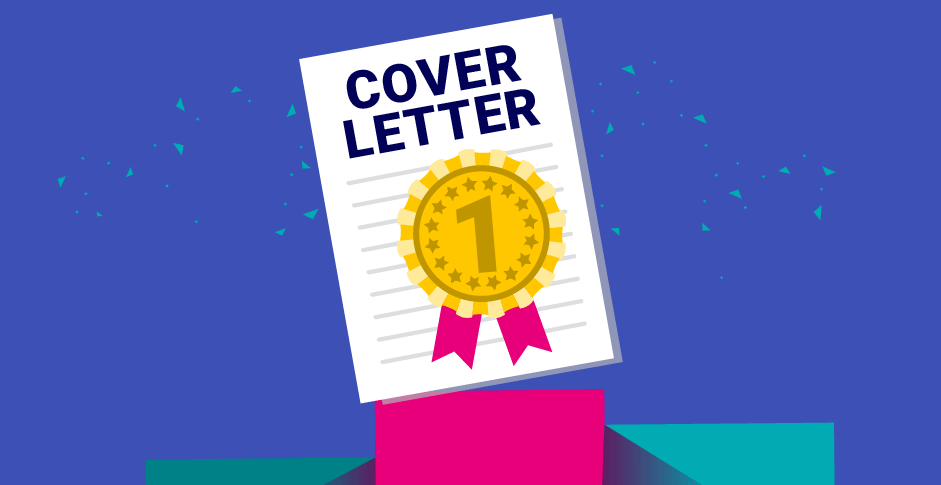Cover letters are your first chance to get noticed. Make sure yours is tailored to the exact job on offer.
Plenty of recruiters and employers still do read cover letters, says Andrew Morris, director at Robert Half. But tailor it for the 21st century so that your cover letter gets noticed.
The purpose of a cover letter is to get a recruiter or employer to look at your resume, says Peter Noblet, senior regional director at Hays. But keep it simple. Less is more, especially in the era of email applications. Employers are looking for key words at this stage to see if it’s worth reading your resume. You might even want to bold the important words.
The purpose of a cover letter is to get a recruiter or employer to look at your resume, says Peter Noblet, senior regional director at Hays.
- Remember every cover letter is important. It’s too easy in the world we live to apply for dozens of jobs through SEEK, says Noblet. Make sure, however, that every single cover letter is individualised for the job in question. If your cover letter nails it you’re going to stand out to an employer. The process of tailoring your cover letter also makes you think about the job and if it is really the right role for you.
- Concentrate on two or three key words from the job advertisement. Make sure you match your capabilities against each word in a separate bullet point. Be succinct and give relevant examples, says Noblet. If, for example, the advertisement mentions SEO skills you could highlight this with a bullet point. Weave a variety of key SEO skills into that point such as your technical optimisation skills, social media marketing skills, link building expertise, your understanding of information architecture, and content marketing skills. But keep it brief. You just want to grab the reader’s attention for now.
- Explain why you’re interested in the job. Explain in a sentence why you want this particular job. “Pique the reader’s interest” says Noblet. Explain very specifically what it is that makes this the job for you. It may, for example, be that it will use your fabulous problem solving skills. Or it allows you to use both your creative and research skills. Tie it back to how your skills will benefit the organisation.
- Summarise with your unique selling point (USP). What’s different about you? asks Noblet. Explain why you’re the best fit for this particular role and how your USP fits. Make sure you understand what the organisation wants. If your standard USP concentrates on handling big projects single-handedly, but the job involves brainstorming with a team you might want to change the wording slightly. Or if the organisation is looking for innovators, tailor your USP in the cover letter to your innovation credentials. Every part of your cover letter needs to be tailored to the job advert.
Finally, review your cover letter and ask yourself: “would I read this person’s resume?”



